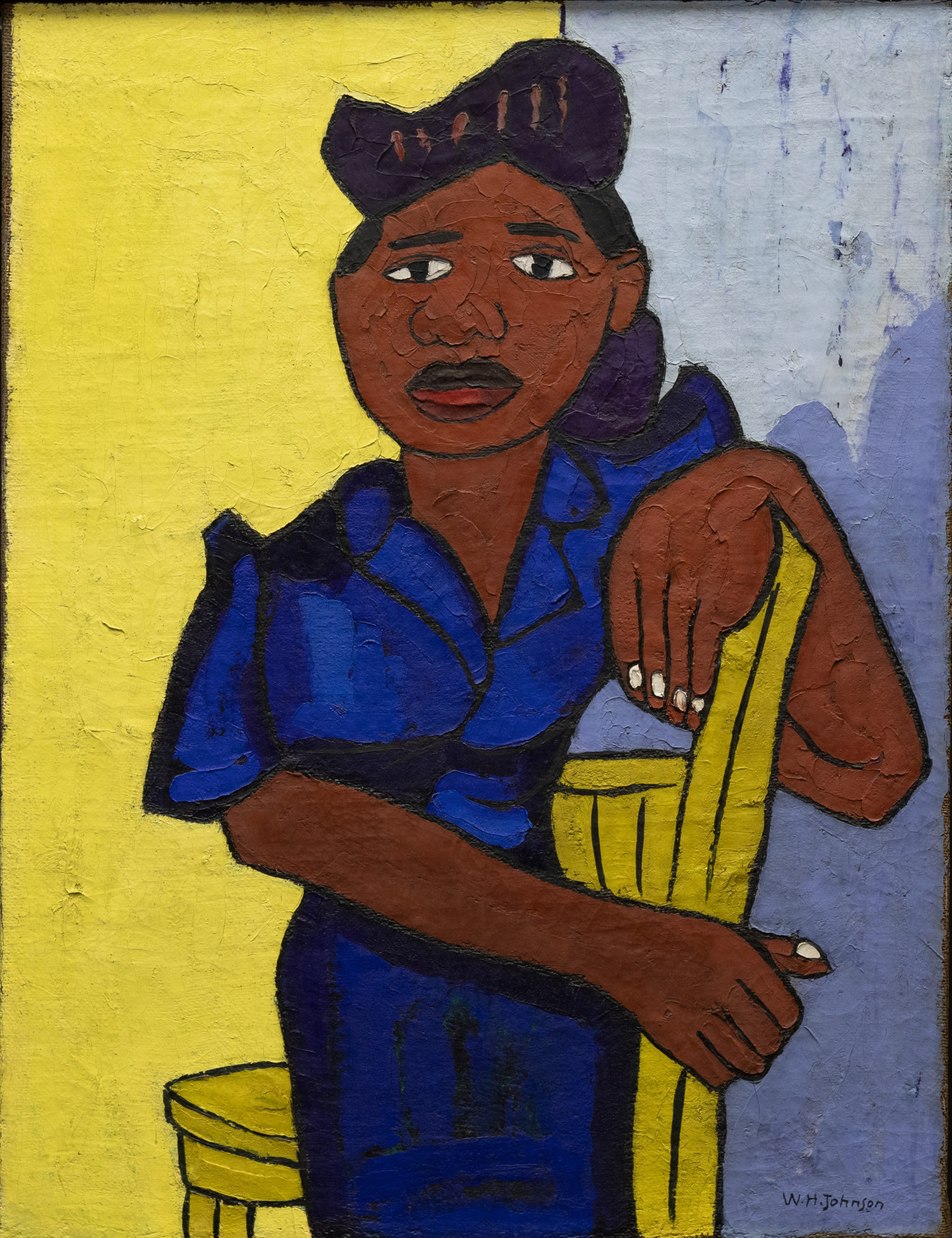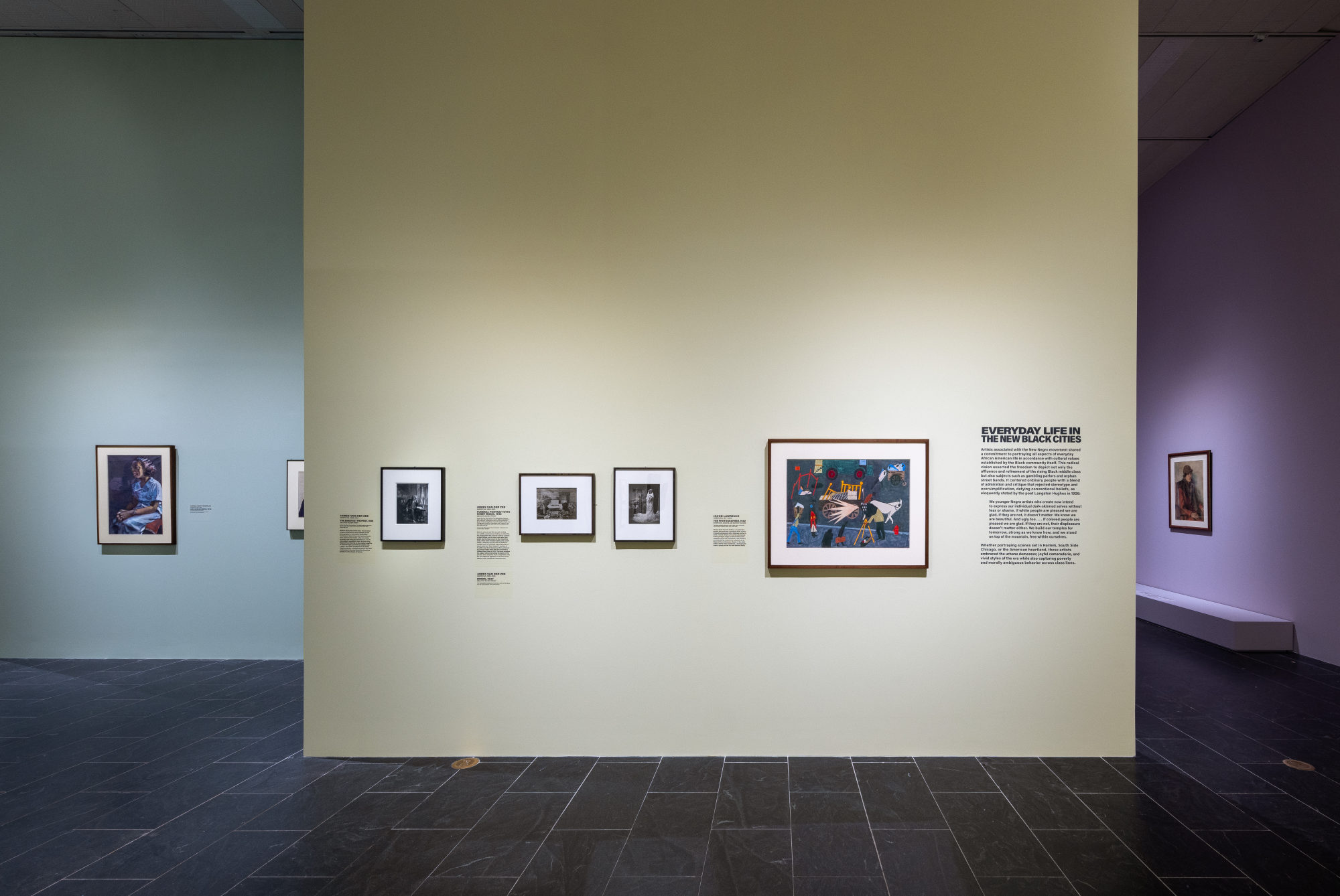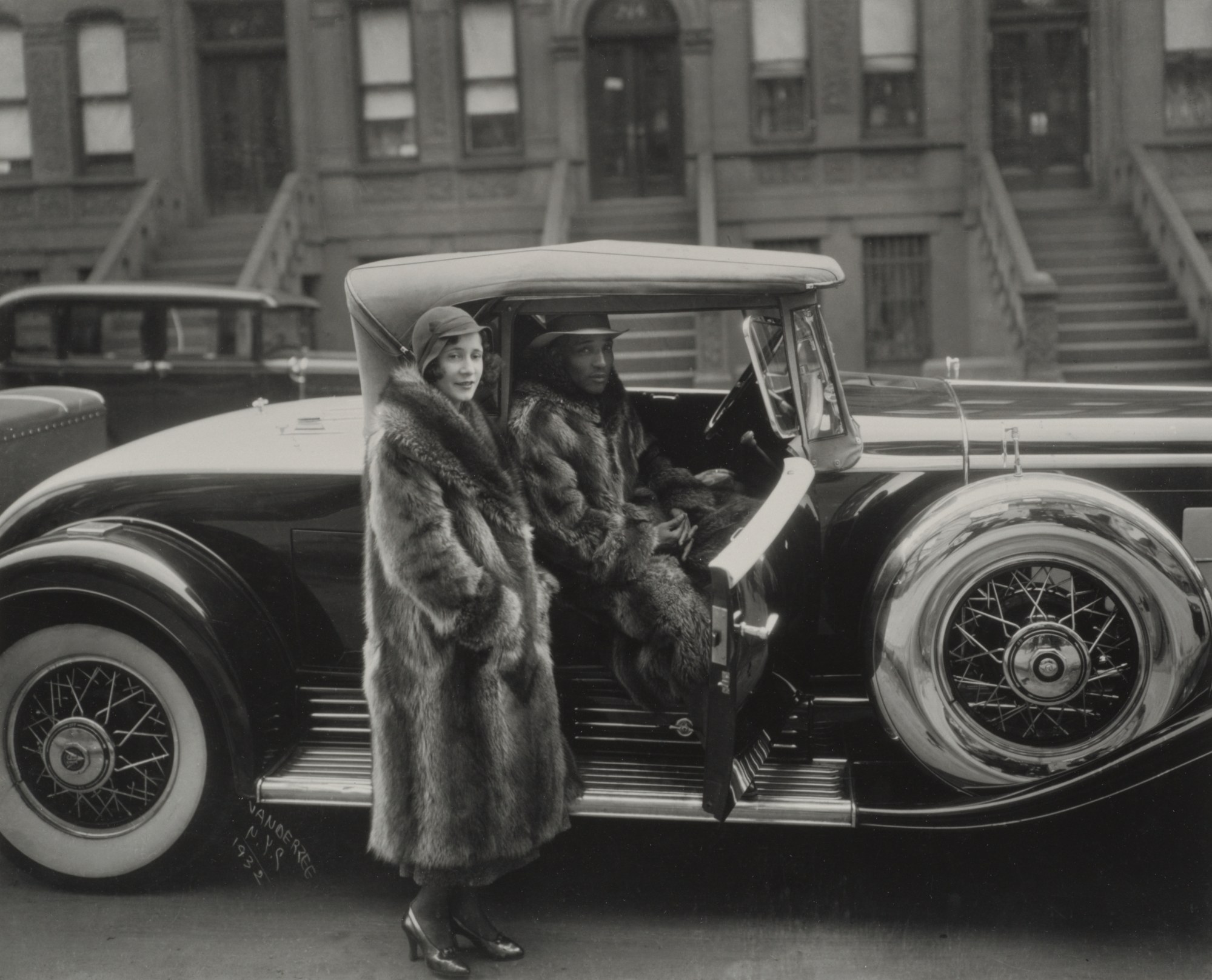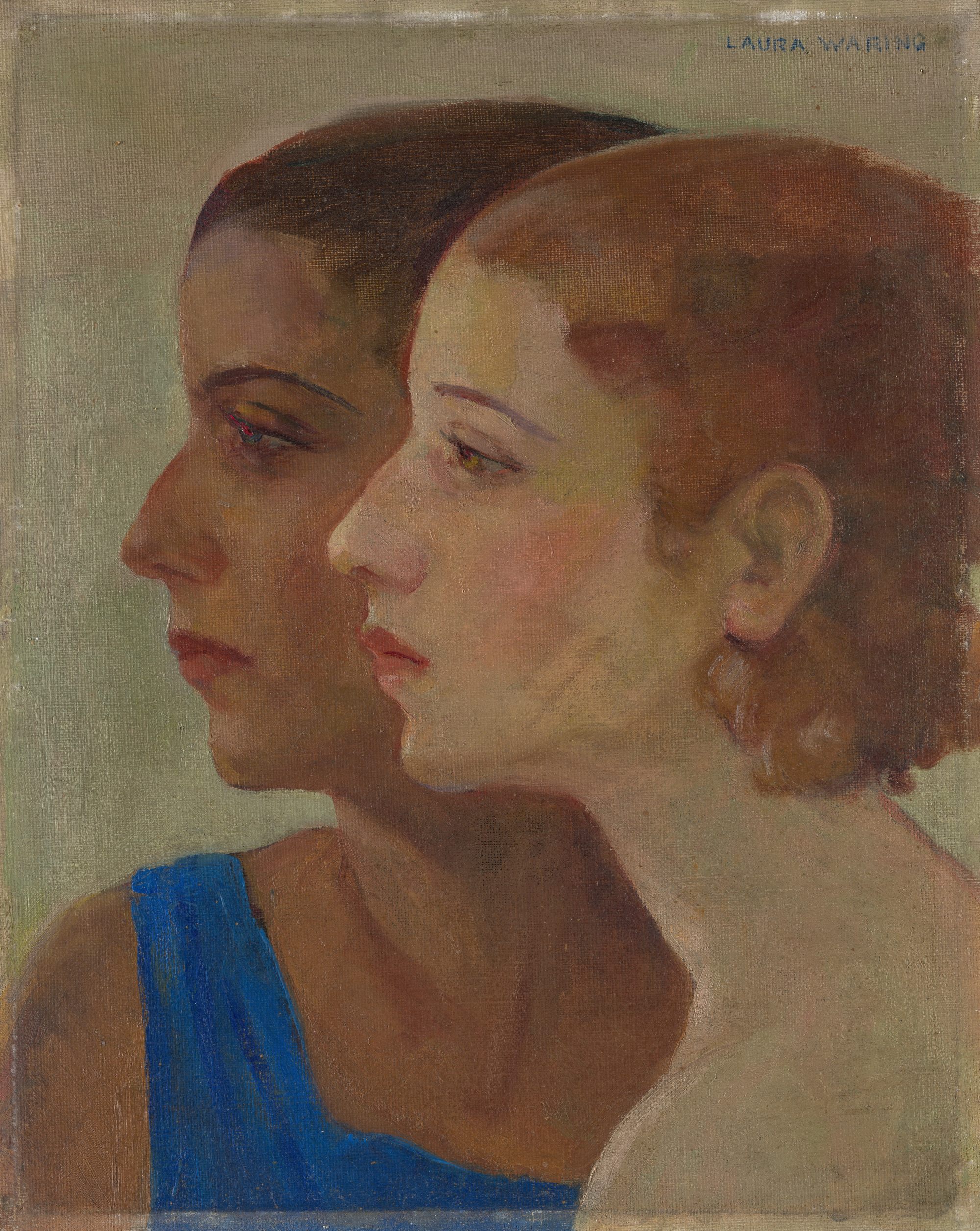
New York Metropolitan Museum of Art dedicates show to ground-breaking Harlem Renaissance black art movement
- 55 years after its disastrous Harlem Renaissance show that featured no art by black artists, the New York Met has another show of the modern art movement’s work
- 160 pieces depict the realities of daily life in black communities such as Harlem from 1920s to the 1940s, and portray the movement’s great writers and thinkers
The first time the Metropolitan Museum of Art staged an exhibition on the Harlem Renaissance, it was a disaster.
“Harlem on My Mind: Cultural Capital of Black America, 1900 – 1968”, which opened at the New York institution in 1969, did not feature any art by black artists, and was more of an ethnographic study about the community.
The show was roundly criticised and a group of black artists called The Black Emergency Cultural Coalition picketed the Met.
Fifty-five years later, the Met is again having a show on the Harlem Renaissance, an important modern artistic movement that marked a watershed moment for race identity and black pride.
Is the new show a form of atonement? As The New York Times pointed out, “The museum isn’t framing the show as an institutional correction, though how can it be viewed otherwise”?

“The Harlem Renaissance and Transatlantic Modernism” show certainly has a lot of art by black artists: 160 items of painting, sculpture, photography, film, and ephemera illustrate daily life in Harlem, one of the “new black cities” of America, in the 1920s to 1940s.
New York’s Harlem is today well-known as a centre of African-American culture, and because of the presence of the landmark Apollo Theatre, the neighbourhood has made it on to many tourists’ must-see lists.
In the 1920s, Harlem was an up-and-coming black neighbourhood benefiting from an influx of residents during what was known as the “Great Migration”.
This large-scale movement of African-Americans from the South to the North took place because of the institutionalised racial segregation of the American South during the notorious “Jim Crow” era.
In the late 19th and early 20th centuries, the former Confederate states, which had fought to keep slavery in the civil war, passed laws that mandated racial segregation in public places.
It was the first African-American-led movement of modern art where we had black artists making modern portrayals of the modern black subject
African-Americans sought freedom and equality by migrating to the Northern states, and “New Black cities” like Harlem and Chicago’s South Side were the result.
Such neighbourhoods were cosmopolitan and economically stable, paving the way for new movements in literature, music and art to develop.
In the mid-1920s, a new art movement, which later became known as the Harlem Renaissance, was born.
The movement did not appear spontaneously, but was consciously created by African-American painters, sculptors and photographers, and the black writers, essayists and columnists they had befriended.
The Harlem Renaissance is considered to be the first modern art movement led by African-Americans. The artists used modern artistic styles to depict the black figure and the realities of contemporary black life – neither of which had previously been considered a “fitting” subject matter for American artists.

“It was the first African-American-led movement of modern art where we had black artists making modern portrayals of the modern black subject, shaping new images that they thought should define the African-American experience,” says Denise Murrell, the exhibition curator.
The artists of the Harlem Renaissance tried to represent African-American experience in ways that were both authentic and forward thinking.
The artists wanted to challenge stereotypes and depict the complexity and diversity of the black experience in America – the same desire that can be seen in a lot of contemporary art today, especially since the Black Lives Matter movement drew international attention after the murder of George Floyd in 2020.
They sought to celebrate African-American heritage while emphasising black culture’s modernity. Although the movement was primarily aesthetic, they also engaged with social and political issues through their work.
“It’s important to realise that the Harlem Renaissance was based on a set of ideas that were articulated by writers, who were often friends with the artists,” said Murrell.
Among the important writers at the time was Alain LeRoy Locke, who encouraged artists to look to the new avant-garde European art movements for inspiration, and also to reflect on past times and take note of Egyptian art and African art.

The movement’s other great thinker, W.E.B. Du Bois, a sociologist and a writer, held a contrary position. Du Bois felt that the artists should work in an academic, naturalistic style, which would imbue their black subjects with dignity.
The push-pull of the two writers is evident throughout the exhibition. William H. Johnson’s Woman in Blue (1943) expresses both African art and German Expressionism, while Archibald J. Motley Jnr’s 1948 Portrait of a Cultured Lady (Edna Powell Gayle) is classical and refined in style.
The leader of the movement was Aaron Douglas. His massive murals, which depicted black history, won him acclaim as the movement’s premier history painter.
His works are historical documents imbued with a transcendentalism which embodies the hopes of a people seeking a more equal, more just society.
So much of the emergence of black modernity … can be seen as a precondition for the unfolding of the civil rights movement in the American South that began in the 1950s.
The Met exhibition features the giant second panel of Douglas’ historical four-part “Aspects of Negro Life” series.
The painting reflects the hope that filled African-Americans after the Union (the North) won the civil war. But it also shows that hope fading – the supportive Union troops are withdrawing from the South and the racist Ku Klux Klan is born.
A city on a hill in the distance represents the aspirational cities outside the South, where African-Americans could live as free men and women.

Photography was an important part of the Harlem Renaissance, and photographers depicted all points on the social strata, from the poor to the rich. The photographs on show smash stereotypes and show a diversity of social classes.
James Van Der Zee’s photograph Couple, Harlem (1932) captures a stylishly dressed couple on a posh street getting out of an expensive state-of-the-art Cadillac V16 car.
“He’s capturing the emergence of an urbane, economically affluent middle class in the new black cities,” says Murrell, noting that such depictions of wealthy black people were very new.

The Harlem Renaissance was primarily an aesthetic movement which extended into sociology – it was not overly political, something that angered some of the movement’s contemporaries.
But some of the artists were involved in political activism, and photographers like Van Der Zee shot early protest marches by the National Association for the Advancement of Coloured People (NAACP).
Murrell says that the Harlem Renaissance’s contributions to activism were more foundational, and paved the way for the civil rights movement.
“So much of the emergence of black modernity, the intellectual, cultural and civic engagement that takes place in these new black cities that was characteristic of the negro movement can be seen as a precondition for the unfolding of the civil rights movement in the American South that began in the 1950s.”
“The Harlem Renaissance and Transatlantic Modernism”, The Metropolitan Museum of Art, New York. Until July 28.
